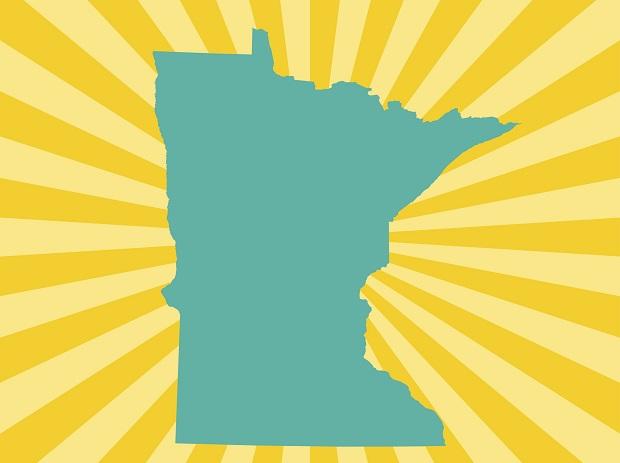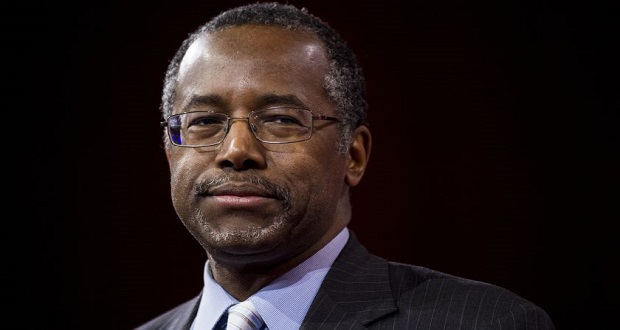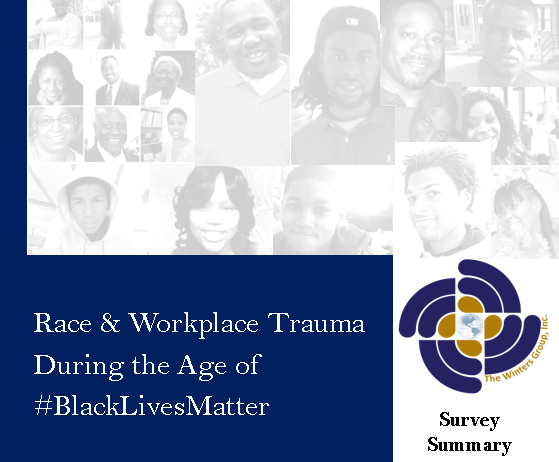
“Minnesota Nice” is supposed to be a source of pride. Perhaps the phrase is unfamiliar to you. Here in Minnesota, “Minnesota Nice” refers to our mild-mannered politeness, courteousness, and goodwill.
We pride ourselves on being different than the East Coast image of the pedestrian yelling to the taxi cab driver who almost hit them (“Hey, I’m walkin’ here!”). At an early age, Minnesotans learn in school that we are certainly different than the South. In our history books, it’s much more convenient to point out the shortcomings of others rather than admitting we have shared some of the same history, values and beliefs. If one were to take a deeper look into Minnesota’s history, one would find it to be not so ‘Minnesota Nice.’
In Mankato, nice Minnesotans hung 38 Dakota men and children. Nice Minnesotans were also instrumental in ensuring that slavery remained for an extra five years. The Dred Scott Decision, which was ruled on in Fort Snelling, determined that a previously enslaved African who escaped should not be free or considered a citizen, but instead property, even in Minnesota. What about the lynchings during the Jim Crow era? Nice Minnesotans in Duluth lynched three young black men in 1920 and celebrated with an outdoor celebration around the bodies [and no one was charged with murder]. (I can feel that right about now, I might lose some readers, so enough with the history lesson). The point I want to make is that perhaps we have not always been “Minnesota Nice”.
“Minnesota Nice” is not, and has not been so nice for everyone. For some, Minnesota Nice is not about cordiality; it’s about “keeping people in their place”. It’s about making sure that you put on a good face in order to maintain social order. It’s about being conflict averse and conflict avoidant. Minnesota Nice means that you display emotional restraint. If you must deal with conflict, you do so in a passive aggressive manner. There is even a book about it called “Surviving and Thriving in Minnesota Nice”.
In one article, a woman from Colorado who moved to the Twin Cities shared her experience:
“no one—not one neighbor—greeted her or said hello, much less invited her into their home (for two years and counting).” Another woman decided, she could no longer work for a Minnesotan because she never got feedback she needed to improve. Another shared an experience where he’d been advised “to tone it down” at work and not be so direct. The article goes on to share “the Minnesotan’s natural aversion to conflict and confrontation…keeps transplants [visitors] wondering what isn’t being said or dealt with. Why aren’t we allowed to talk about certain things?”
I am not surprised by this. In the Midwest, we’re more inclined to wear a safety pin to show that we are in support of diversity, rather than risk confronting racism or homophobia head on when we see it or hear it. We are more comfortable displaying our outrage on social media only when it is socially acceptable. We are more comfortable writing a letter to voice our concerns, rather than stirring the pot in that moment. But does being “Minnesota Nice” change anything for the people experiencing inequity? What does it really say about us as a society? Is that bad or good? Does everyone fit into this cultural norm?
From my point of view, in order to truly practice equity, we need to be willing to say something when we see or hear an injustice, and get comfortable with being uncomfortable. Moreover, we need to understand why terms like “Minnesota Nice” may not mean the same thing to everyone, and accept the uncomfortable truth that Minnesota Nice may not be so nice after all. In the words of Dr. Martin Luther King, Jr: “An injustice anywhere is injustice everywhere”—even here in Minnesota.


![Decolonizing Diversity, Equity, and Inclusion Work: … Means Naming White Supremacy Culture [In Ourselves] Part II](https://theinclusionsolution.me/wp-content/uploads/2020/05/Leadership-Blog-440x264.png)
















Love the way U presented the article. ….we are supposed to be liberal blue state except these nasties hold both of our state houses. I just don’t think the younger folks can even visualize how it used to be….nasty look and comments when they see mixed couple. ….granted it looks better on the surface. ..mixed families on TV
I was born and raised in Minnesota. I went to school in Iowa and Wisconsin and while in the Navy was stationed in Florida and Virginia. When I came back to Minnesota, I VERY strongly recognized all of the things you just eloquently pointed out. I read another article that said “Minnesota Nice” is an external tag for our politeness, but I’m pretty sure we drummed it up all by ourselves to cover our passive aggression.
Well-written and poignant.